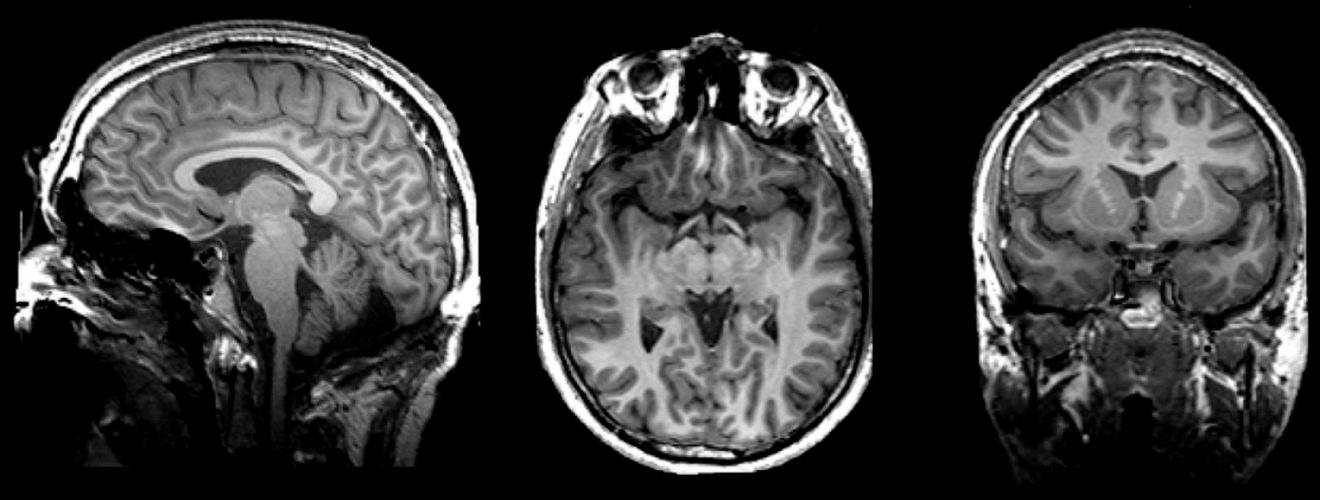Visualising “white lies”

From Vanity Fair’s infamous celebrity lie detector tests to the latest true crime documentary you just binge-watched, we’re all familiar with a polygraph machine — or a lie detector test, as it is more often called. Polygraph tests record the physiological responses of the subject being questioned to indicate if they are telling the truth. These physiological changes include changes in heart rate, blood pressure, respiratory rate and sweat, and are detected with the use of sensors as the subject answers a series of questions. Signals are also taken prior to the start of the test and all recordings are recorded on a single strip of moving paper with a needle. It is suggested that the subject is lying if their vital signs significantly change during the test[1]. However, the validity of polygraph tests is debated, as lying comes more naturally to some, while others can fail the test due to pure nervousness. Therefore, polygraph test results can be inaccurate and are often dismissed in court.
To tackle this issue and help guide police investigations, neuroscientists have investigated whether lying can be correlated with neural activity. Neuroimaging studies have shown that functional magnetic resonance imaging (fMRI) could provide a more accurate and objective method of detecting deception[2]. fMRI is a non-invasive technique that can evaluate changes in blood flow which correlate with ongoing brain activity, on a second-by-second basis[3]. These changes in blood flow light up on the scan and can be used to map brain activation patterns associated with lying, giving a new definition to the term white lies.
Although several studies have identified brain regions that are significantly more engaged when the subject is lying, it is hard to produce a correlational map between lying and brain activity that depicts consistent patterns across conditions and participants. In addition, the use of fMRI in police investigation cases would require extensive testing and validation to reach the accuracy threshold needed[4]. fMRIs would also need to be handled by independent unit experts, increasing the cost of the process. It has been suggested that the two tests could be used to complement each other and provide more reliable results. Deceiving two different types of lying detector tests would be a challenge, even for the best of liars!
[1] https://science.howstuffworks.com/question123.htm
[2] https://penntoday.upenn.edu/research/brain-scans-detect-lies-more-accurately-than-the-polygraph
[3] https://www.radiologyinfo.org/en/info/fmribrain
[4] https://www.frontiersin.org/articles/10.3389/fnhum.2013.00594/full
Edited by Hazel Imrie
Copy-edited by Rachel Shannon







